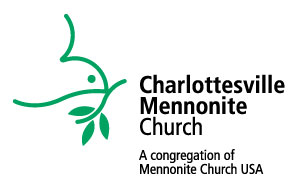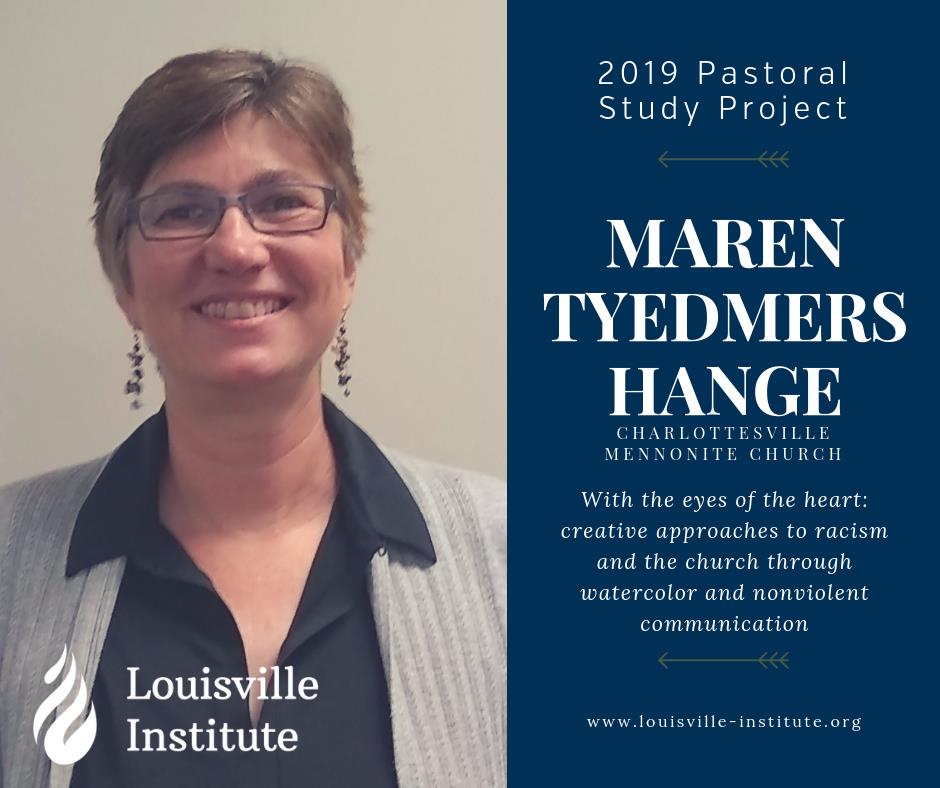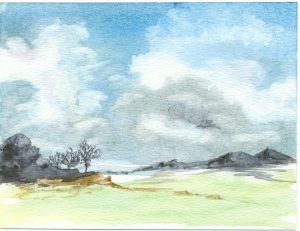
Approximately 200 pastors, ministers and laity attended the 50th annual School for Leadership Training Jan. 14-16 at Eastern Mennonite Seminary. Funded by the seminary’s Lilly Foundation “Thriving in Ministry” grant, the three-day event included workshops, seminars, worship and fellowship opportunities focused on serving in challenging times of “political upheaval and national divisions” in the country and “theological debates in our denominations, congregations and families,” said Brenda Martin Hurst, Lilly Grant director.
Participants came from 13 states and two countries, and represented nine denominations, including Mennonite, Quaker, Church of the Brethren, Disciples of Christ, Church of God of Christ, Methodist, Baptist, Presbyterian and United Church of Christ.
Hurst and the planning committee selected Mark 4:35-41 as the guiding scripture.
“Navigating these times as followers of Jesus and church leaders does feel like charting unknown waters in a choppy and stormy sea,” Hurst said in her welcome. “The biblical story found in Mark 4 of the disciples crossing the story sea with Jesus seemed appropriate for our repeated hearing and reflection over these days.”
Maren Tyedmers Hange, co-pastor of Charlottesville Mennonite Church, painted a special piece of art, featuring an empty boat floating in storm-swept seas, for contemplation. The boat is “intentionally empty as a invitation to join Jesus there,” said Veva Mumaw, seminary admissions director and member of the planning committee.

Expanded worship opportunities throughout the three days led the gathered through interpretation and reflection on the scripture passage. Keynote addresses were provided by David Evans, associate professor of history and intercultural studies and the director of cross cultural programs at Eastern Mennonite Seminary; Sue Park-Hur, denominational minister for leadership development and transformative peacemaking for Mennonite Church USA; and John Pavlovitz, author and Methodist pastor.
Pavlovitz provided three keynotes, addressing parts of the scripture each day. A pastor for two decades, writer and activist from Wake Forest, North Carolina, Pavlovitz blogs about Stuff That Needs To Be Said. His books include A Bigger Table: Building Messy, Authentic, and Hopeful Spiritual Community (Westminster John Knox Press, 2017) and HOPE and Other Superpowers: A Life-Affirming, Love-Defending, Butt-Kicking, World-Saving Manifesto (Simon & Schuster, 2018).
In an “upsidedown world” that corrodes hope and faith, followers of Christ – seeking to embody the compassion modeled by Jesus, “to intercede on the behalf of people in need” – often feel anger and disillusionment.
“You have the eyes of Jesus and the heart of Jesus that moves you towards people who no one else knows, who everyone else avoids, who no one else hears,” Pavlovitz said. The “collateral damage” of moving with empathy towards those has to be acknowledged, but at the same time, the movement is the heart of the Gospel.
“Muslim bans, health care repeals, ICE raids, Nazis in the street, debating the value of a black life,” he said, “I feel completely inverted spiritually. I feel profoundly disoriented as a Christian…but disorientation means your faculties are intact, your mind is right, your heart is working properly, and your soul is keeping you human in profoundly inhuman times.”

Pavlovitz suggested that the challenge for ministers and people of faith is “how to take that natural anger and channel it in to something redemptive and constructive … Can we find a transcendent Jesus? … Can we create a community where the full Jesus can be on display? I think we can. We have to embrace the activist, compassionate heart of Jesus with people who we would not otherwise be with, in places we would not think to be.”
Acknowledgements
In addition to Brenda Martin Hurst and Veva Mumaw, the planning committee included Dale Detweiler, pastor, Birch Grove Mennonite Church, Port Allegany, Pennsylvania; Peggy Packard, pastor of Weyers Cave United Methodist Church, Weyers Cave, Virginia; Dawn Ranck-Hower, pastor of New Holland Mennonite Church, of New Holland, Pennsylvania; and Danilo Sanchez, co-pastor, Ripple-Allentown, and associate pastor, Whitehall Mennonite Church, Allentown, Pennsylvania.
The worship planning team included Perry Blosser, Maren Tyedmers Hange, Matthew Hunsberger, Robert Michalides, Veva Mumaw and Ryan Scarberry.


